JavaScript Animation Excellence: Masterful Libraries for Seamless Interactions
Table of Contents
In the wide world of web development, it is critical to provide interactive and interesting user experiences. JavaScript animation libraries are one effective method for accomplishing this. A multitude of pre-built animations are available in these libraries, which facilitate development and improve user interface quality. This article will explore the world of excellent JavaScript animation and will include examples of well-crafted libraries that provide smooth interactions along with code samples.
Why JavaScript Animation Libraries Matter
JavaScript animation libraries play a pivotal role in modern web development by infusing static web pages with dynamic and engaging user experiences. Here’s why they matter:
- Enhanced User Engagement: Animations capture users’ attention and encourage interaction by adding visual interest to a website. Whether it’s a subtle hover effect or a captivating loading animation, well-executed animations can significantly enhance user engagement and keep visitors on your site for longer periods.
- Improved Usability: Animations can serve as visual cues that guide users through different sections of a website or indicate interactive elements. For example, animating a button when hovered over provides instant feedback and informs users that the element is clickable. By enhancing usability, animations contribute to a smoother and more intuitive user experience.
- Brand Differentiation: An exceptional chance to convey a brand’s individuality and identity is presented by animations. Companies may stand out from rivals and make an impact on users with well designed animations that are consistent with brand aesthetics and values. Animations may strengthen brand awareness and promote brand loyalty when used consistently.
- Storytelling and Narrative: Animations have the power to tell stories and convey messages in a compelling way. Whether it’s through animated illustrations, transitions between content sections, or interactive storytelling elements, animations enable websites to communicate complex ideas and narratives in a manner that is engaging and memorable.
- Emotional Connection: Animations can evoke emotions and create memorable experiences for users. By incorporating animations that trigger positive emotions such as joy, surprise, or delight, websites can forge a deeper emotional connection with visitors, leading to increased brand affinity and user satisfaction.
- Mobile Responsiveness: With the growing prevalence of mobile devices, responsive design has become crucial for web developers. JavaScript animation libraries often include features and optimizations specifically designed for mobile devices, ensuring that animations perform smoothly across different screen sizes and devices, thereby enhancing the mobile user experience.
- Performance Optimization: Many JavaScript animation libraries are optimized for performance, allowing developers to create fluid animations without sacrificing page loading speed or responsiveness. By leveraging efficient animation techniques and hardware acceleration, these libraries enable developers to achieve visually stunning animations that run smoothly even on devices with limited processing power.
Masterful JavaScript Animation Libraries
Masterful JavaScript Animation Libraries
The foundation for producing engrossing and fluid online animations is provided by JavaScript animation libraries. They give programmers a wide range of tools and features to make static web objects come to life, increasing user interaction and engagement. We’ll look at a few excellent JavaScript animation libraries in this part that help programmers construct visually appealing and engaging online experiences.
- GSAP (GreenSock Animation Platform):
Among the most potent and adaptable animation libraries accessible to developers is GSAP. Professionals love it for its extensive feature set, which includes timeline sequencing, speed improvements, and fine control over animations. Developers may easily design complicated animations with GSAP, ranging from basic transitions to elaborate motion graphics. For instance:
gsap.to(".element", { duration: 1, x: 100, opacity: 0.5, ease: "power2.inOut" });- Anime.js:
A strong yet lightweight animation toolkit, Anime.js provides good performance together with an easy-to-use API. Numerous animations are supported, such as SVG animations, transformations, and CSS attributes. Because of its versatility and ease of use, Anime.js is a great option for developers of all skill levels. For instance:
anime({
targets: ".element",
translateX: 100,
opacity: 0.5,
duration: 1000,
easing: "easeInOutQuad",
});- Velocity.js:
Velocity.js is renowned for its focus on performance and optimization. It leverages hardware acceleration and smart caching to ensure smooth and efficient animations, even on older devices. Velocity.js boasts a concise syntax and a wide range of easing options, making it a popular choice for developers who prioritize speed and performance. Example:
Velocity(".element", { translateX: 100, opacity: 0.5 }, { duration: 1000, easing: "easeInOutQuad" });- Three.js:
Three.js is mainly recognized as a 3D rendering toolkit, but it also has strong animation features. It gives programmers the ability to produce breathtaking interactive experiences and 3D animations that redefine web design. The ability to manipulate lighting, cameras, and objects in a 3D space with Three.js gives developers a plethora of creative expression options. For instance:
const animate = () => {
requestAnimationFrame(animate);
// Update animation logic here
};
animate();- ScrollMagic:
A distinct animation library with a focus on scroll-based animations is called ScrollMagic. With the help of this feature, developers may create timeline-based sequences, scroll-triggered animations, and eye-catching parallax effects. These animations can be triggered based on the user’s scroll position. For websites that weave stories and provide immersive scrolling experiences, ScrollMagic is very helpful. For instance:
const controller = new ScrollMagic.Controller();
new ScrollMagic.Scene({ triggerElement: ".trigger", duration: 300 })
.setTween(".element", { opacity: 0 })
.addTo(controller);In conclusion, these masterful JavaScript animation libraries empower developers to create captivating and immersive web experiences that captivate users and elevate the overall quality of web design. Whether you’re a seasoned professional or just starting, incorporating these libraries into your projects can unlock endless possibilities for creativity and innovation.


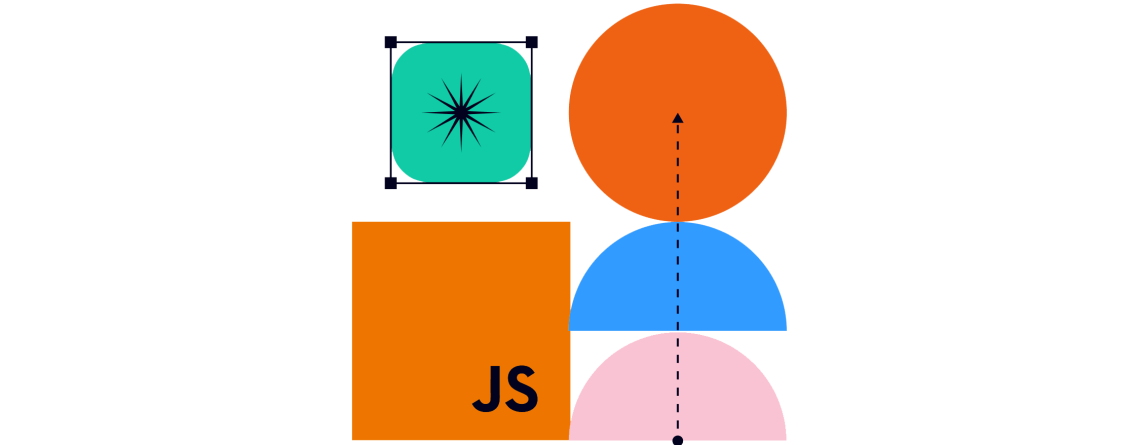
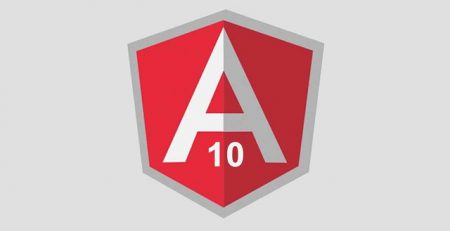

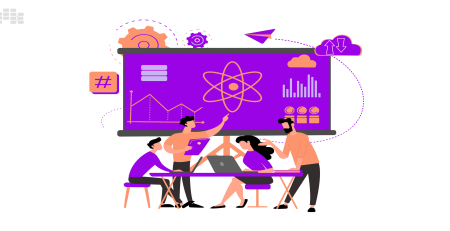
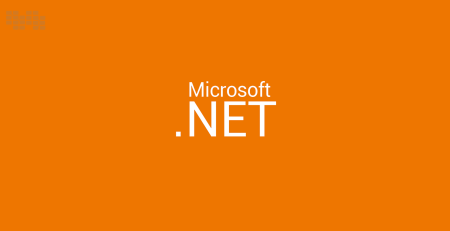

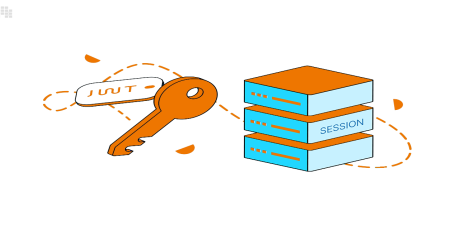
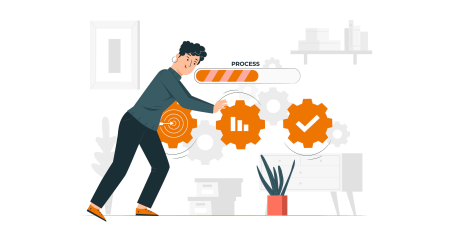
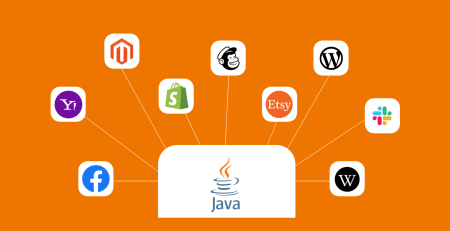
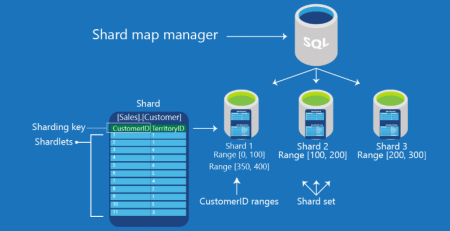
Leave a Reply